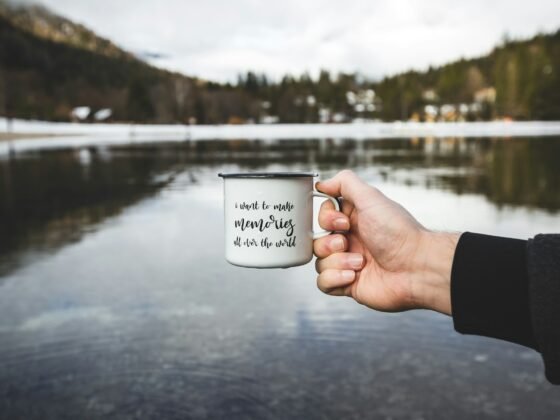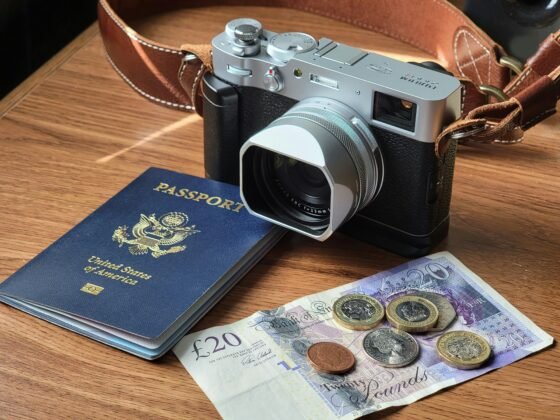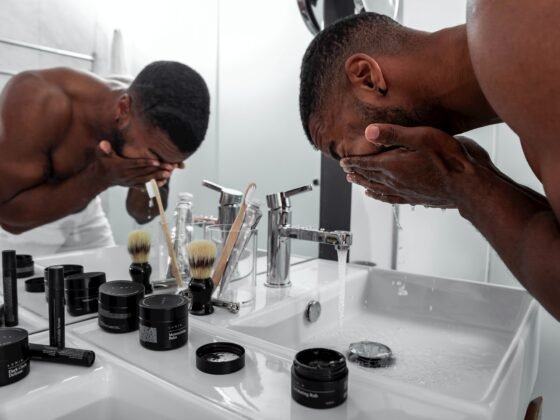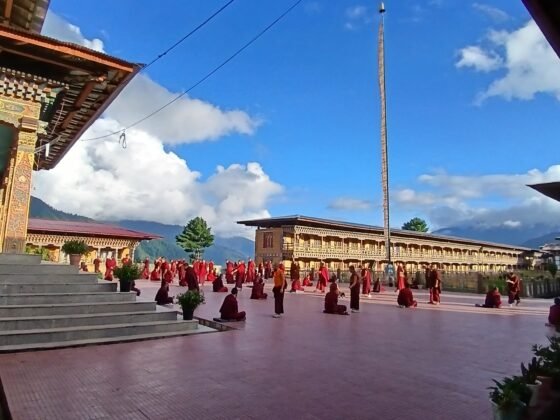When it comes to travel, video content remains the best format for conveying impressions. Moreover, any audience is more sensitive to video content than to articles or photos when it comes to emotional content. According to research from Google, 60% of Internet users watch travel content on social media in video format.
There are some rules on how to create effective travel video content. This article is about how to create a great video that will appeal to your audience.
Plan your travel content and your trip
First, you need to decide why you are creating a video. If you want to show just your trip and show it to your friends, you won’t need to edit something. But if you plan to make a video blog, that is another story.
Think over the plot, duration, shooting plans. Yes, this advice is obvious and commonplace, but this is the beginning of the beginning. Think about what and how you will talk, the timing of the video, and shooting plans in advance. Exception: you want to shoot an arthouse video “one-shot” with a shaking camera. In all other cases, write down the order of filming.
It is worth starting from the tour/trip program. Think about what you will see along the way and which of them you would especially like to include in your video narration. What will really attract tourists? Make a list of the most interesting places and build a scenario based on it.
How to shoot a travel video
Record a good introduction and original goodbye. Tell what you will show in the video, share your trip, declare what you expect from a city, attraction, or meeting. Be yourself and talk to the camera as if you were a friend who knows everything about you but respects you.
Tell a story and be helpful
You can shoot like Spielberg, but if you don’t provide useful information, success will pass by like a caravel on green waves. Therefore, be sure to share tips, look for insights, and tell more than Google. The viewer will wait for the next video to learn new cool life hacks and get a portion of inspiration.
Present information in a non-trivial way. There is an example: the statement “This building was built in 1850” is so boring it makes even a child fall asleep, whom his parents could not put to bed for hours. It is better to tell people what unusually happened in this or that place, explain why, for example, the local or indigenous people do not like it? If you are showing a museum, please advise on what days there are free admission for tourists. You can also try adding natural sounding voice overs to your videos using text to speech online software.
Shoot your vlog during the day
If you are collecting video material on the go – on a personal trip or a group tour – you will not be able to carry on your shoulders the entire inventory of a film studio with professional equipment. Most likely, you will have a smartphone or a camera, which means that you need to proceed from the capabilities of this technique. One of the important rules in this case: shoot as much as possible in the daytime when natural light is good. “Twilight” footage is unlikely to be included in the final version.
Choose a quiet place
Stand-up is the very speaking person in the frame who brings variety to the shooting of “beauties”. A common mistake for beginners is shooting in a noisy, windy place when in the end, you only get a picture, and you can’t make out the words. It’s a shame.
There are two ways to give the floor to the “reporter”: the first is to take wireless microphones with you, the second, economical, is to record the stand-up in quiet places (indoors, for example).
Shoot in landscape mode, not portrait mode
The portrait format (vertical) is good for online streaming on social networks using Periscope (we’ll talk about this another time) or on Snapchat, a platform popular among the English-speaking audience. In other cases – and specifically in ours – use landscape photography (horizontal). Such a video will look better on YouTube, Vimeo, or other video hosting sites.
How to make a travel video montage
So, you have chosen the ideal technique for your purposes and filmed good material. What to do next? Let’s see.
Use a video editing program
The most popular video editors are Adobe Premiere and Final Cut. There is also a free Lightworks app. Download videos and photos in one folder. And don’t forget to prepare a cup of coffee.
Pick up music
You need tracks that reflect the video and your travel mood as much as possible. Finding non-copyrighted music is easy. There are a million options on how to replace audio in video and find suitable background music for your video.
Make your travel video dynamic
According to recent research about the impact of travel video, Internet users are likely to book a trip after watching a travel video. More than 62% of travelers prefer to watch a video before choosing the final travel destination. That’s why a dynamic video is important. Don’t hesitate to remove boring and poor-quality moments. Cutting out the excess is sooo painful, but not always what seemed cool during shooting looks good on the screen. If you can not add an episode, do not add.
Do you have a moment that takes a long time, but you want to show it in full? Speed up your movement and pick up more energetic music. Don’t overdo it with effects.
To summarize
People like travel content. It inspires them, entertains and makes them feel happy in a way. So the attention earned by internet-users is a precious thing that could be satisfied by sharing travel ideas, useful information, and fun stories. The video content helps to make adventure more manageable and easy to figure out for those who watch it. Build experiences around your travel and involve your active community!












